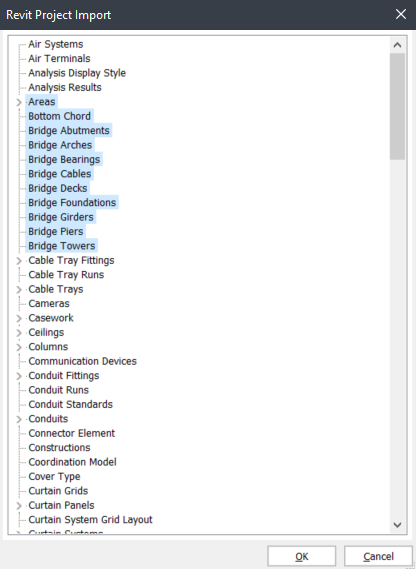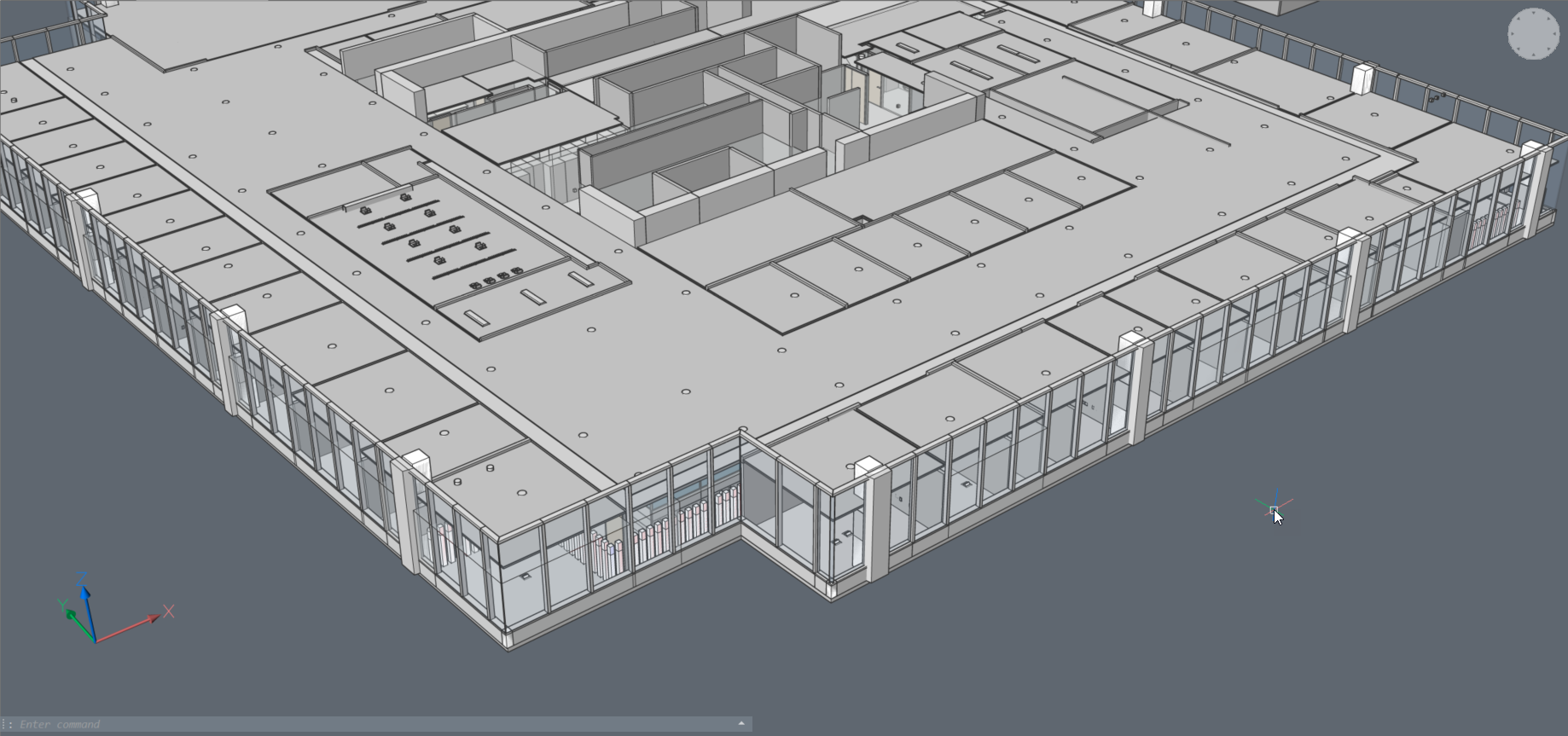Project collaboration
IFC IMPORT/EXPORT
A mechanism has been implemented to map IFC/BIM entities to BIM/IFC entities, to control which entities are imported/exported. BricsCAD BIM also added IFC Export of Annotation entities.
You can do this mapping by using mapping files. The IfcImportMappingMath and IfcExportMappingPath user preferences set the paths to the necessary mapping files. These files are simple text files containing some rules.
- BimDbColumn IfcMember
- BimDbBeam IfcMember
- BimDbFurnishingElement skip
In this example, columns and beams in the BricsCAD BIM model will be exported as Members in the IFC file, and furnishing elements will be skipped in the export process.
- IfcWall BimDbSlab
- IfcSlab BimDbWall
* skip
In this case, walls will be imported as slabs and slabs will be imported as walls. No other entities will be imported, as the asterisk means that only listed entity types will be taken into account, all unlisted entity types will be skipped.
The IfcCreateUniqueGuid user preference has been added to enable/disable the creation of unique GUIDs for nested elements inside classified blocks and Xrefs.
The flow connection point is exported to IFC as IfcBuildingElementProxy. Only 2D geometry or a block reference with 2D geometry can be classified as a flow connection point.
Importing RVT files

